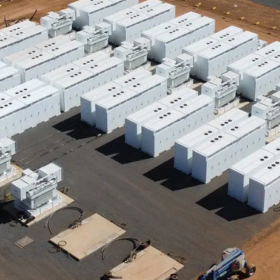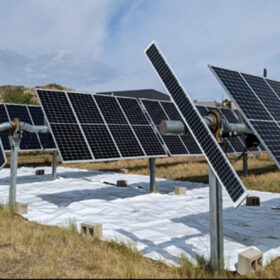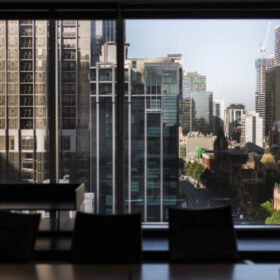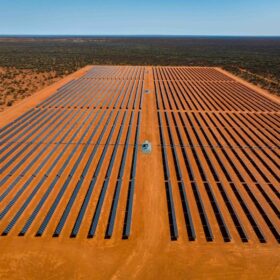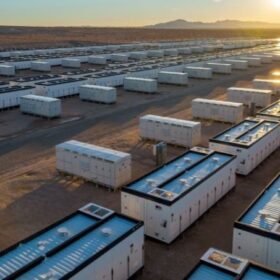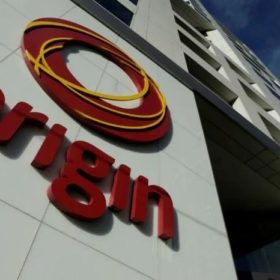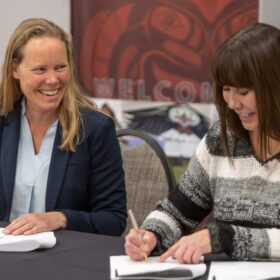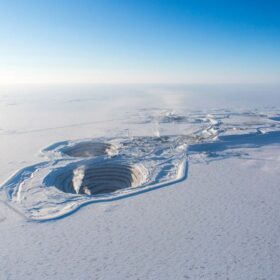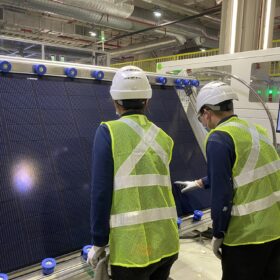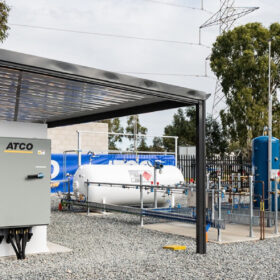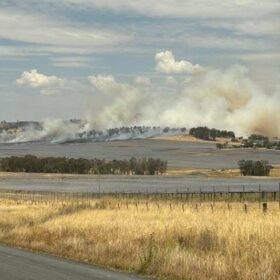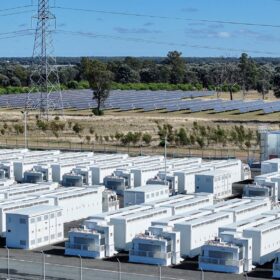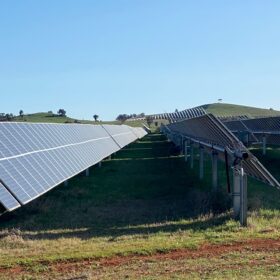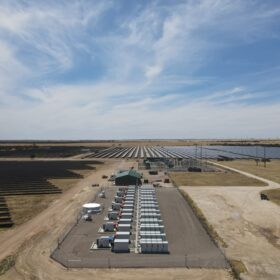Brookfield reaches agreement to acquire majority stake in Neoen
Canadian global asset management company Brookfield has reached agreement for a majority stake in Australia’s largest developer of renewables, France-headquartered Neoen, and is set to acquire a 53.32% stake in pursuit of 100% ownership.
Research shows high-albedo ground reflectors increase bifacial solar plant yield by up to 4.5%
Tests conducted by Canadian researchers at the NREL’s testing field in the United States have shown that ground reflectors based on high-density polyethylene can significantly increase bifacial PV plant performance. They stressed the profitability of this technology is strictly dependent on the location and warned about combining it with inverter clipping.
Origin deal collapse ends Australia’s corporate climate-takeover era
Origin shareholders have voted down the Brookfield-led takeover bid, likely ending what would have been one of Australia’s largest corporate buyouts. The failure of the deal concludes 18-months of bids by private capital to accelerate the sluggish transition of Australia’s two biggest ‘gentailers.’
Northern Goldfields solar and battery system goes live
BHP has taken another step on the path towards a clean energy future with Canadian developer TransAlta Renewables switching on one of the world’s largest off-grid solar and battery energy storage systems that will help power the mining giant’s nickel operations in Western Australia.
CIP pushes ahead with 480 MWh battery project in South Australia
Danish investment group Copenhagen Infrastructure Partners has tapped Canadian PV and battery manufacturing heavyweight Canadian Solar to provide the energy storage solution for the first of the multiple large-scale battery projects it has planned for Australia.
Brookfield’s $18 billion bid for Origin approved by ACCC
Australia’s antitrust watchdog has approved Brookfield’s takeover bid for Origin Energy, clearing the way for shareholders to vote on one of Australia’s largest recent corporate buyouts.
Fortescue moves forward with hydrogen project in Prince George
Fortescue Future Industries (FFI), owned by mining giant Fortescue Metals, has submitted a proposal for a green hydrogen and ammonia production facility project in Canada’s British Columbia. Dubbed ‘Project Coyote’ the facility would be located in the city of Prince George in the centre of the Canadian province.
Rio plans large-scale solar for Canadian arctic
Australian-headquartered resources giant Rio Tinto has announced it will build the largest solar power plant in Canada’s northwest territories to supply electricity to its Diavik Diamond Mine located about 200 kilometres below the Arctic Circle.
International energy giants look to kickstart new era in Australian manufacturing
Brookfield’s bold ambitions for Australia have reached a new level with the global asset manager inking an agreement with India-headquartered multinational Reliance Industries to explore the production of solar panels, long-duration battery storage, and other renewable energy equipment in Australia.
Atco shelves Western Australia green hydrogen project
Gas major Atco has ditched its plans for a commercial-scale green hydrogen manufacturing facility proposed for Western Australia’s remote midwest, saying the distance between the production facility and end use undermined the commercial viability of the project.
